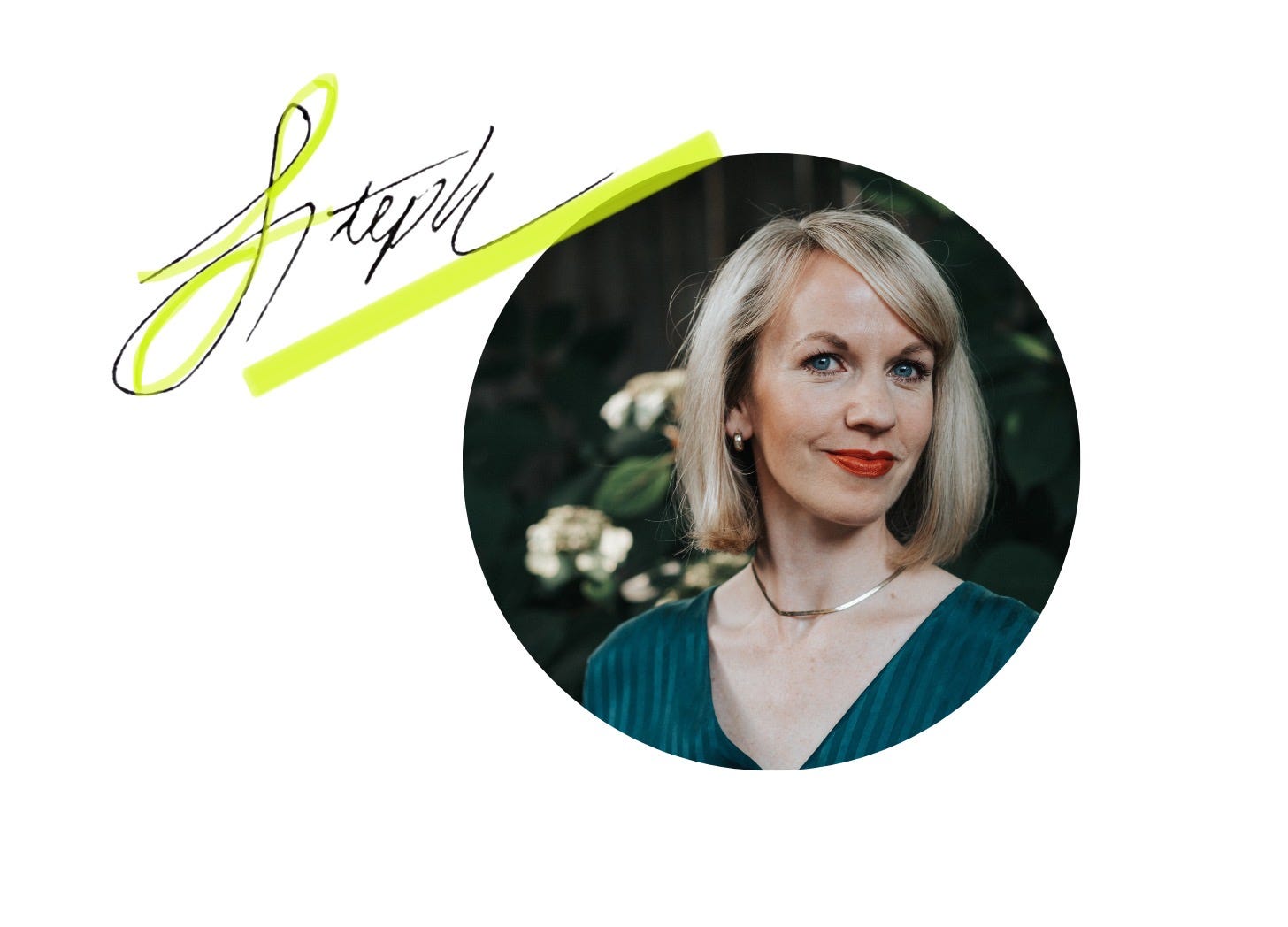Today I’m sharing one of the best writing prompts I know, with an example of where it led me recently with this piece at America Magazine on why, against all comfort, I bring my children to the Ash Wednesday service.
Here’s the prompt: take something familiar and drill down to its deepest foundations.
Something familiar: the over-done cliché as spoken from parents of older children to parents of younger children, “It goes so fast.”
Something foundational: Our shared mortal reality that this life returns to dust, as Ash Wednesday reminds us.
The argument turned into something like this:
“It goes so fast” is an old prayer. It might be seen as a memento mori—Latin for “Remember your death”—which ancient civilizations have practiced through the centuries. These parents might as well be priests: crossing my brow with ashes, reciting the Lenten liturgy: “Remember you are dust, and to dust, you shall return.”
I love this prompt because it invites new ways of seeing. It shakes up what we think we know, prompts us to turn the gem and explore new angles in new light. There’s also something satisfying about taking a worn-out cliché—something conventional, expected—and drilling down to its essence to find something that sparks anew.
When we push past the familiar to excavate its foundations, we might just be surprised with what we find.
Today is Ash Wednesday, the first day of Lent, and I am thinking about what this word means (again, let’s go deep into the soil to a word’s foundations!). “Lent” means “spring” and while this is a penitential season in the Christian tradition, it also parallels the natural season of the earth coming alive again. Every day, the light stretches longer. Ice is melting, green is returning, life is on its way. I see this time as a very both/and season, spacious enough to both name our mortality and usher life and renewal on its way.
As I write in chapter 5 of Even After Everything,
Wendell Berry once wrote that the soil "is the great connector of lives, the source and destination of all." Perhaps this connection runs deeper than we know. Dust to dust is the journey of a life, as Ash Wednesday reminds us. This is the story, its beginning and its end. Yet maybe it's not so morose as we might first think.
After all, these ashes speak two truths:
We are dust; we are stardust.
We are soil; we are interstellar.
We are ants on a hem, mere dust particles on Sagan's pale blue dot, which is to say we are mortal. We are also imago Dei, containing the multitudes of God and galaxies.
And in these ashes even now, galaxies still swirl.1
Whatever your life and creative practice holds right now, may you encounter your own strong foundations beneath the familiar. May you be surprised by what might spring up.
Take heart and stay feisty,
This is a nod to the excellent Jan Richardson’s poem, Blessing the Dust, which you can read here https://paintedprayerbook.com/2013/02/08/ash-wednesday-blessing-the-dust/








Thank you for the clarity of that prompt! It’s something that I’m consistently drawn to do, and I’m attempting in my Lenten reflections on Psalm 23 (a whole poem that feels like a worn out cross stitch to so many of us). But I have never articulated it so clearly and concisely. Thank you!
This was so helpful, Stephanie. And your essay was lovely!